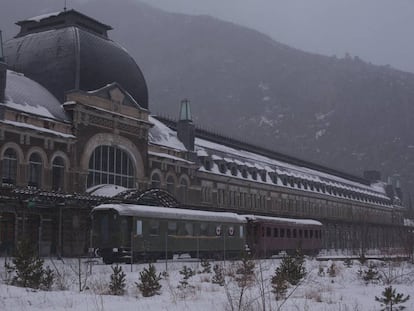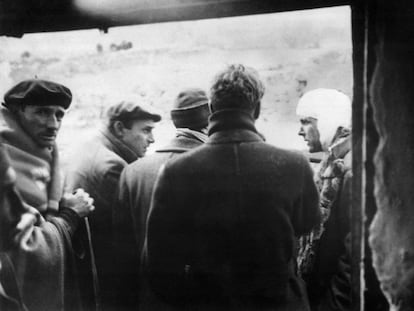Why did Nazi Germany bomb four Spanish villages?
New documentary gets to the bottom of mysterious attacks that killed 38 people in 1938
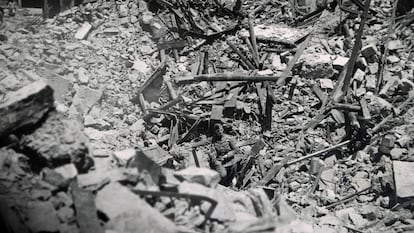

A few days after dropping bombs on four small villages in the middle of Castell¨®n province in Spain¡¯s Valencia region, Nazi soldiers jumped in a car and drove to survey the damage in person. They walked to the center of the craters caused by the impact of the bombs and studied the sweeping wreckage, recording the process as they went along. Afterwards, they returned to an airbase close to La S¨¦nia, in Tarragona province, jotted down the details of the mission, then took the rest of the day off to relax and enjoy German beers ¨C as depicted in photographs.
Thanks to this thorough documentation, 80 years later the people of Benassal, Alboc¨¤sser, Ares del Maestre and Vilar de Canes now know who killed 38 of their relatives and neighbors in May 1938, when their village centers were wiped out by three new Junkers 87-A dive bombers, dubbed stukas by Nazi Germany¡¯s Condor Legion, the same one that bombed Guernica in April 1937.
It was the first plane I saw in my life. It was like a great bird, but different Survivor Obd¨²lia Mir
University physics professor ?scar Vives is also to be thanked. He has worked tirelessly to get to the bottom of why rural areas completely devoid of any strategic or military value were bombed by Nazis ¨C an attack which was spoken about in secret in his native Benassal. Given that a church was destroyed, some locals believed the attacks had been orchestrated by the Republicans in the Spanish Civil War, while others blamed Francisco Franco¡¯s troops, seeing as some of the areas (for a short time) were within Republican territory.
¡°It was the first plane I saw in my life. It was like a great bird, but different,¡± remembers Obd¨²lia Mir in the moving documentary Experimento Stuka (Stuka Experiment), which opens today at the Filmoteca cinema in Valencia as part of the international documentary festival DocsVal¨¨ncia.
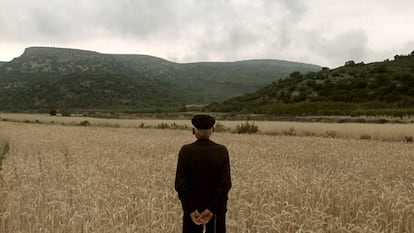
¡°They always destroyed the centers of town. Everything was a little strange,¡± says fellow survivor Dolors Pitarch. ¡°My father was forced to hear that the Reds [Republicans] had destroyed the village and the church,¡± remembers ?ngel Artadi, the son of a Republican militant. His father, who had fought in the battles of Ebro and Teruel, said he had never seen planes like these before. ¡°I talk in Germany about what happened to my village, but I can¡¯t speak about it with certain people there,¡± says Merc¨¦ Ferrando, a daughter of one of the survivors who works as a teacher in Germany.
Condor Legion
Professor ?scar Vives traveled to Freiburg in Germany to study the local archives. He found a clue in a book on the Spanish Civil War by renowned military historian Antony Beevor (who is interviewed in the documentary) which mentioned in passing that the Condor Legion used the Spanish villages as a testing ground for future Stuka attacks during World War II. From his research, Vives concluded that the Nazis had bombed the villages without first consulting Franco.
In the German archive, the professor unearthed a massive folder which included 66 photographs from the attack. Many of the images were taken from above the wild Al Maestrat region in Valencia. They captured roads, mountains and small communities in what looked like innocent, picturesque photos that were instead used to help the Nazis fix their targetin what would be one of the world¡¯s first so-called ¡°surgical¡± attacks, says Rafa Mol¨¦s, who directed the documentary alongside Pepe Andreu.
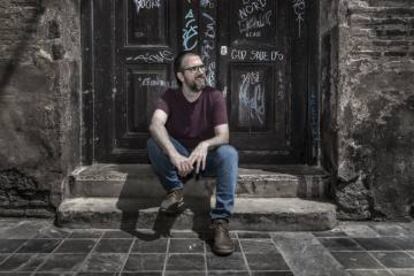
Stuka Experiment is a follow-up to the pair¡¯s award-winning documentary Five Days to Dance about a high school dance performance. It will screen at the DocsBarcelona festival as well as commercial movie theaters later this year.
The documentary includes photos found in the Freiburg archive as well as interviews with Vives and associations for the recovery of historical memory. In one interview, Antonio Girona recounts how his parents sent him from Barcelona to Benassal to protect him from violence at the front during the Spanish Civil War. But, he says, the village was bombed soon after he arrived. ¡°I thought my parents no longer loved me,¡± he says.
It is now known that 38 people died in 1938 because the Nazis wanted to test whether their dive bombers would be able to transport and drop bombs weighing 500 kilos ¨C double the normal amount, which prevented them from filling up their gas tanks completely. And so they chose four small and unarmed Spanish villages, close to their air base, to destroy.
English version by Melissa Kitson.
Tu suscripci¨®n se est¨¢ usando en otro dispositivo
?Quieres a?adir otro usuario a tu suscripci¨®n?
Si contin¨²as leyendo en este dispositivo, no se podr¨¢ leer en el otro.
FlechaTu suscripci¨®n se est¨¢ usando en otro dispositivo y solo puedes acceder a EL PA?S desde un dispositivo a la vez.
Si quieres compartir tu cuenta, cambia tu suscripci¨®n a la modalidad Premium, as¨ª podr¨¢s a?adir otro usuario. Cada uno acceder¨¢ con su propia cuenta de email, lo que os permitir¨¢ personalizar vuestra experiencia en EL PA?S.
?Tienes una suscripci¨®n de empresa? Accede aqu¨ª para contratar m¨¢s cuentas.
En el caso de no saber qui¨¦n est¨¢ usando tu cuenta, te recomendamos cambiar tu contrase?a aqu¨ª.
Si decides continuar compartiendo tu cuenta, este mensaje se mostrar¨¢ en tu dispositivo y en el de la otra persona que est¨¢ usando tu cuenta de forma indefinida, afectando a tu experiencia de lectura. Puedes consultar aqu¨ª los t¨¦rminos y condiciones de la suscripci¨®n digital.
